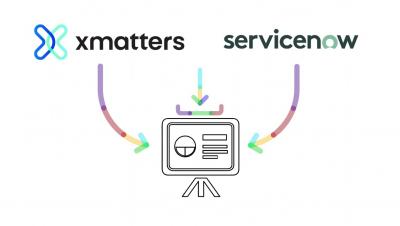Areas to Streamline Incident Management
When a serious incident occurs, time is essential. Streamlining different components of the incident response and management process can help minimize the time it takes to resolve an incident. Proper streamlining also helps reduce downtime, restore functionality, and potentially curtail the overall impact of an incident-not to mention the costs incurred during these events. This article examines several areas of incident management, the potential challenges of manual implementation, and how an automation platform can alleviate these challenges to provide a streamlined incident response process.






